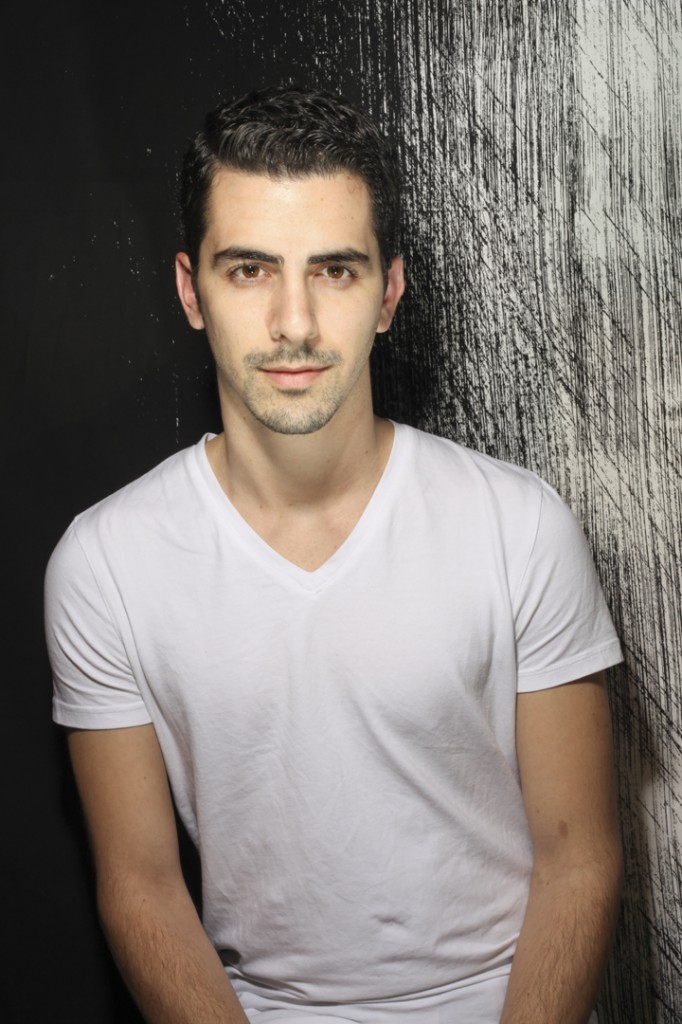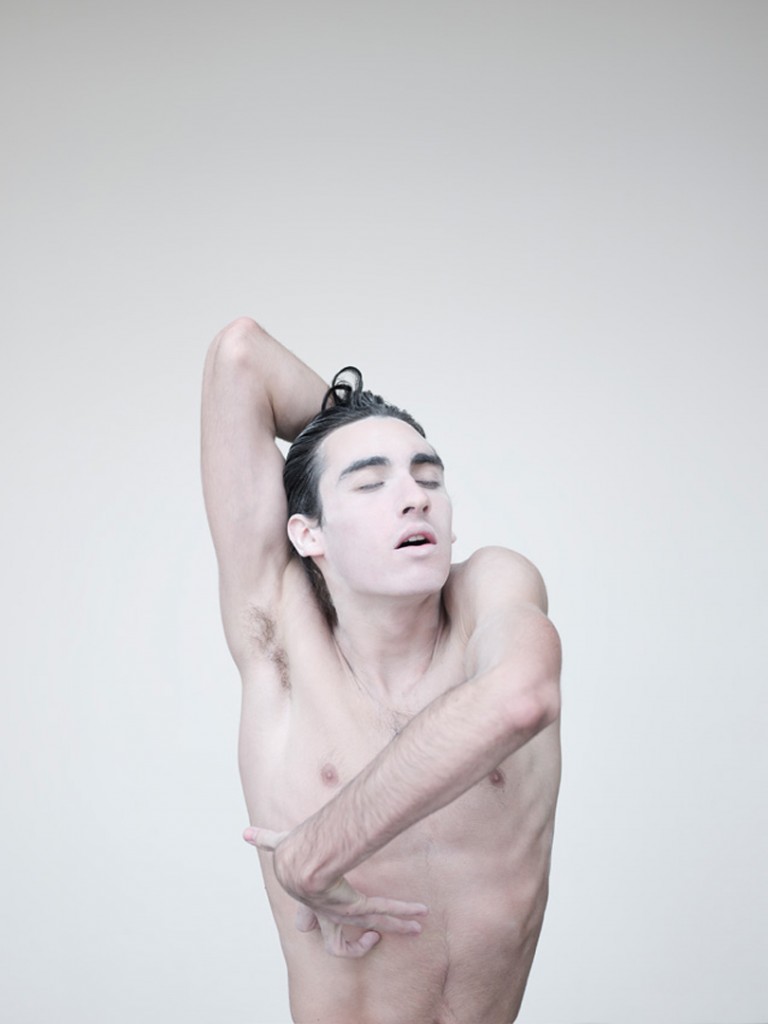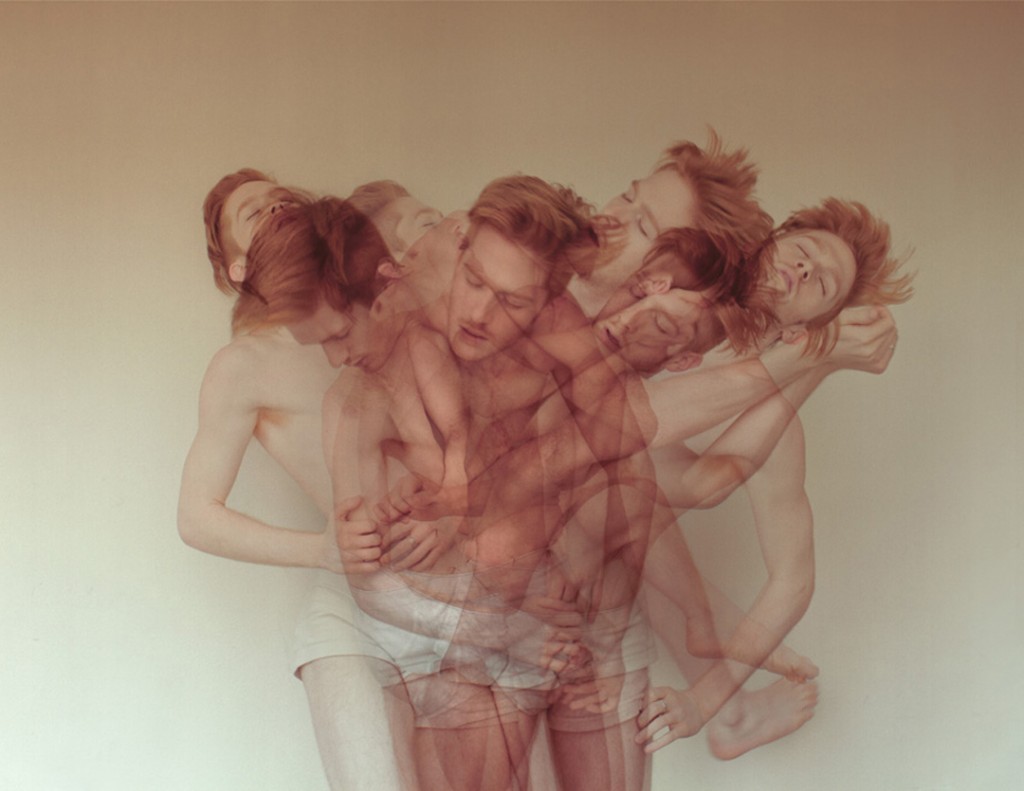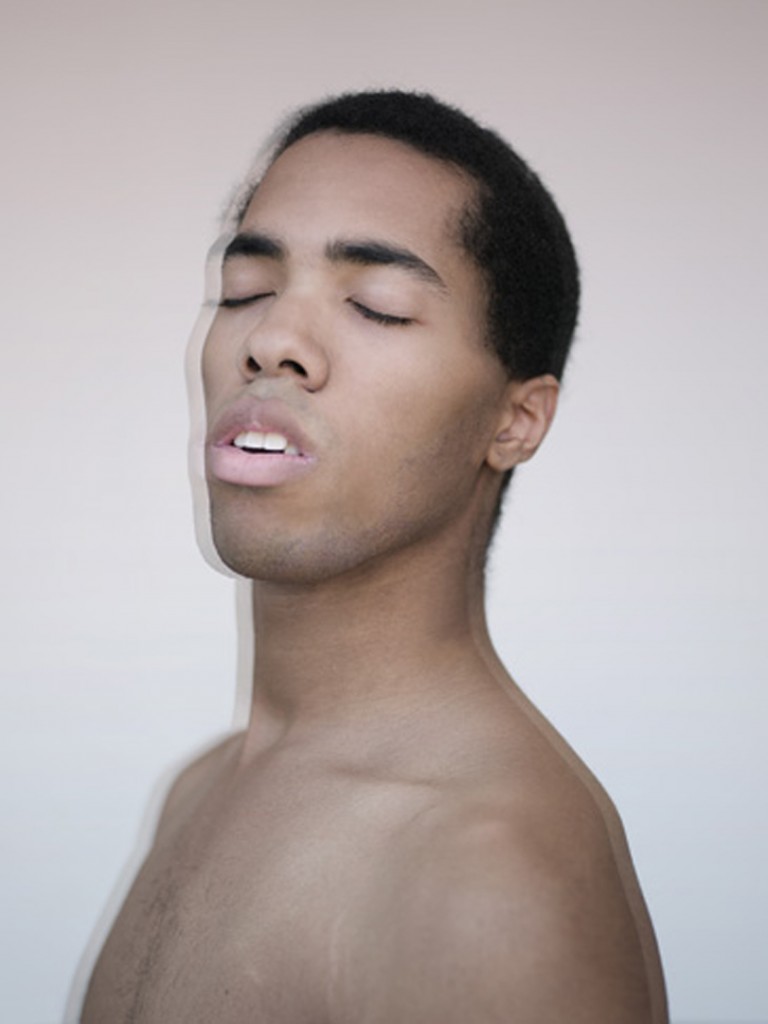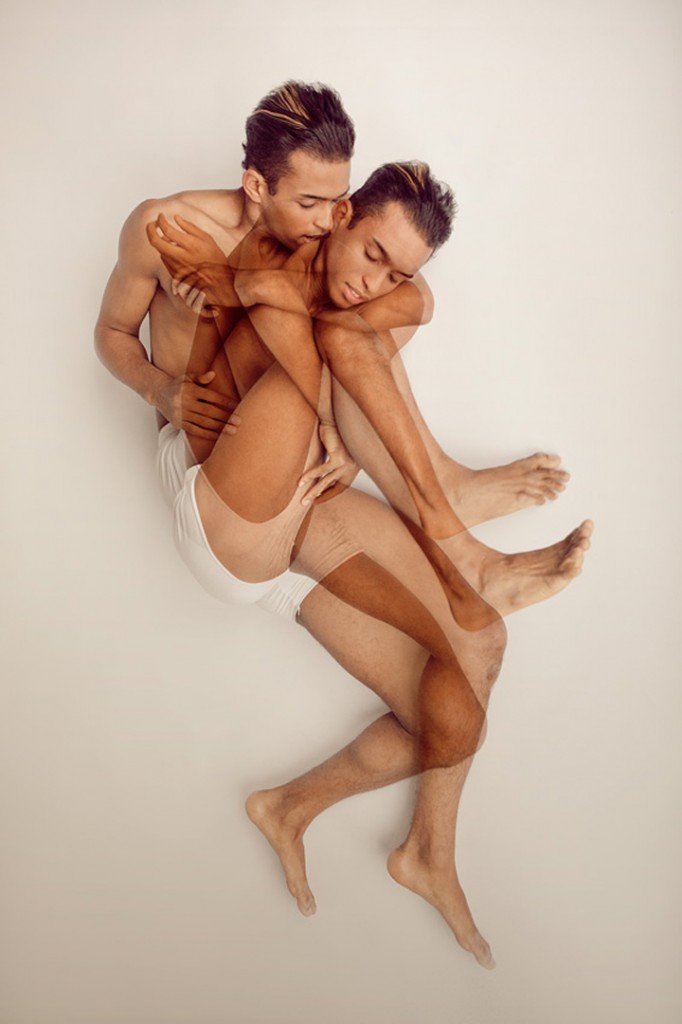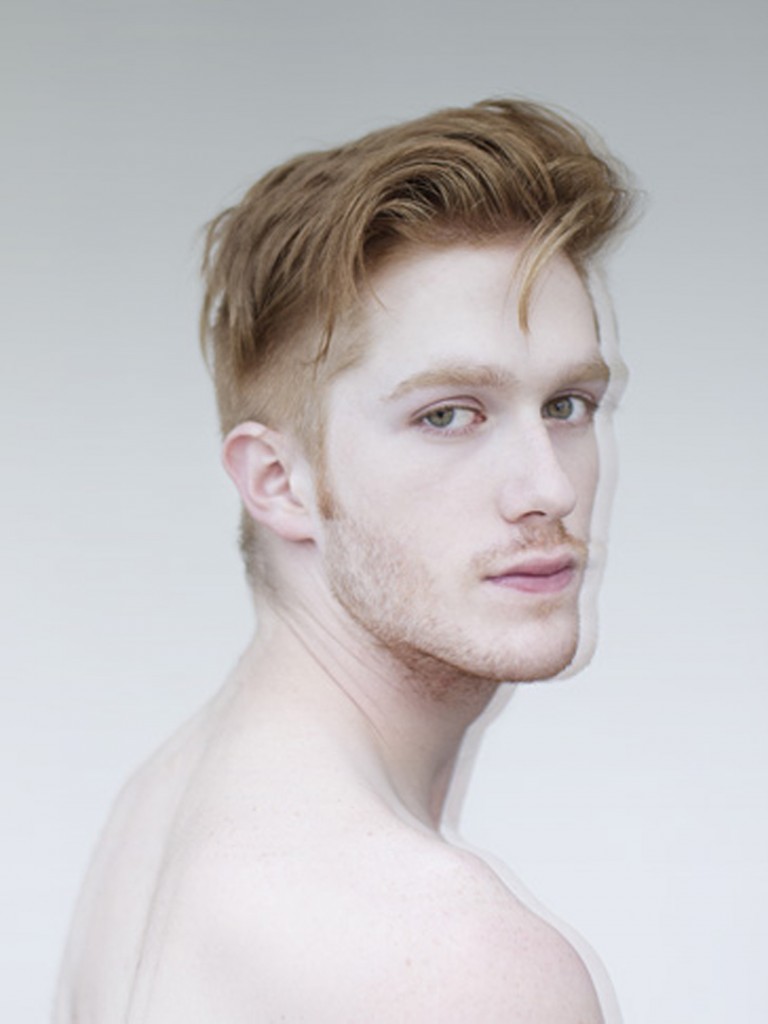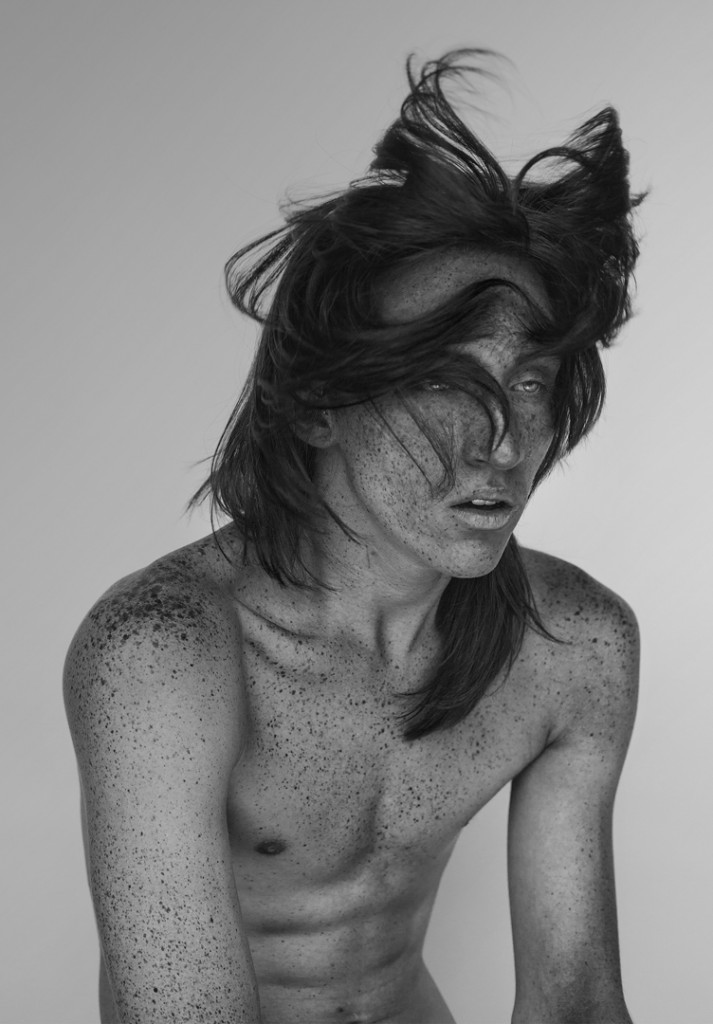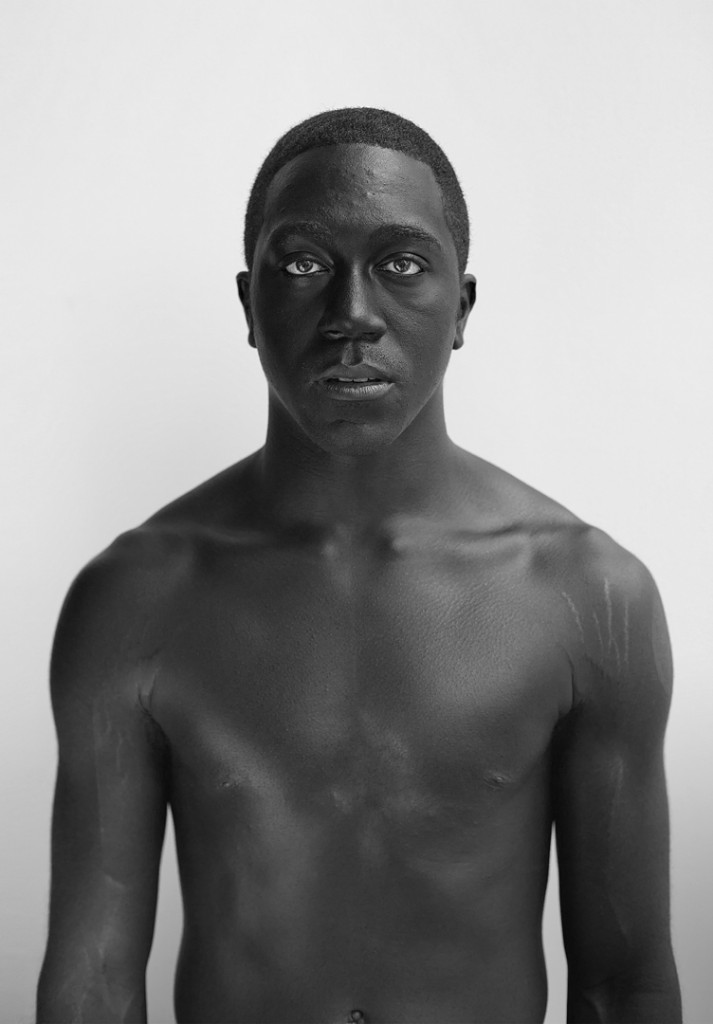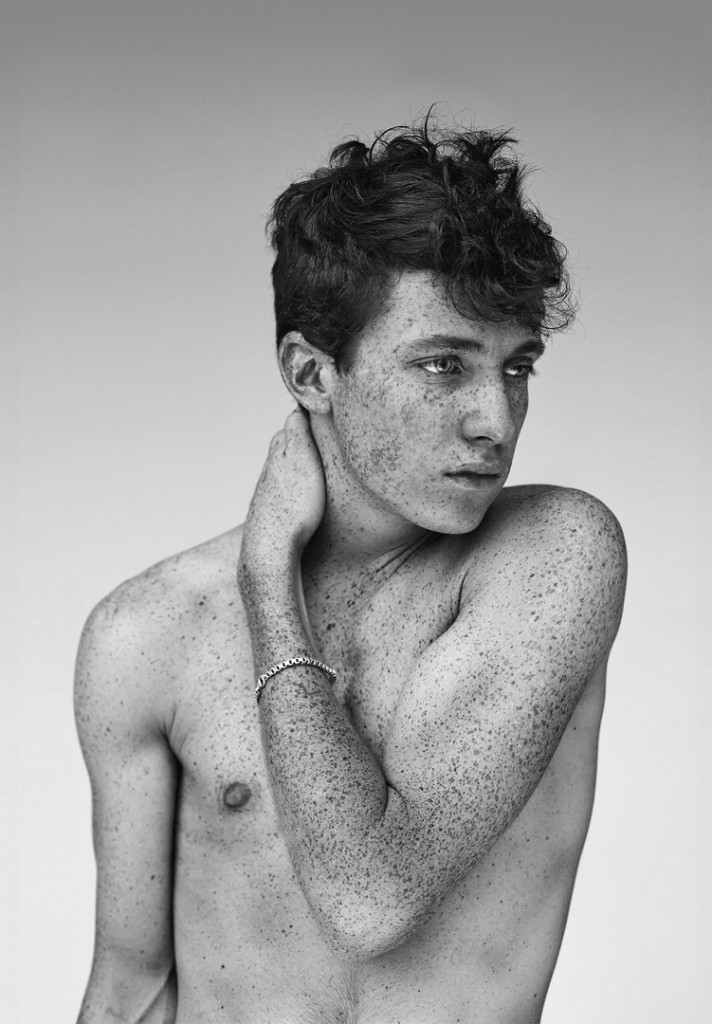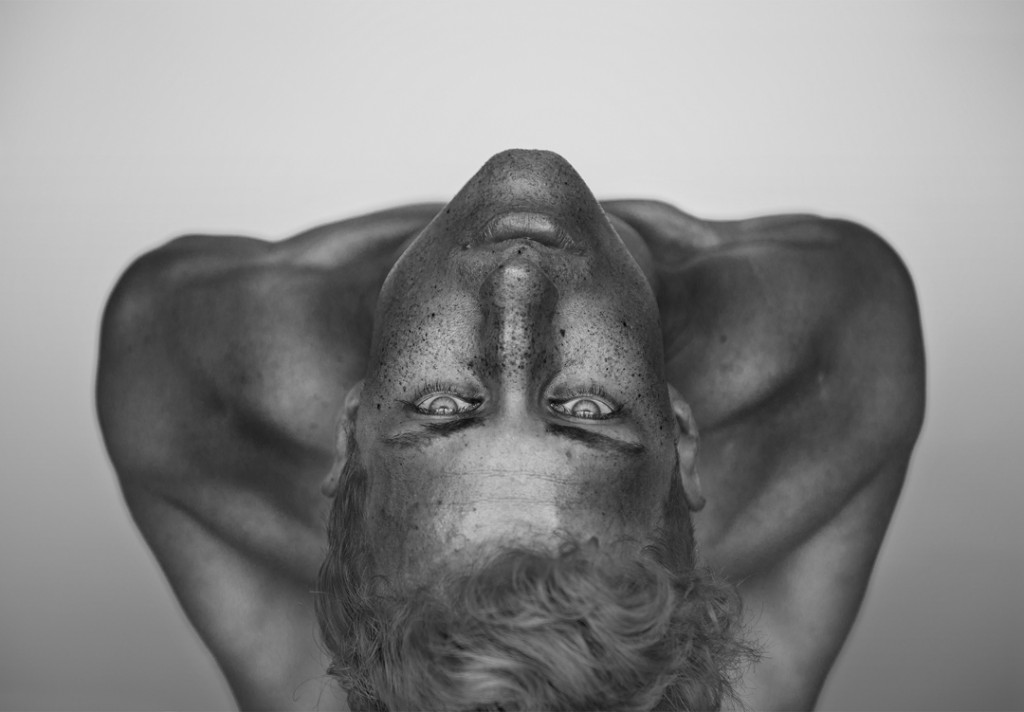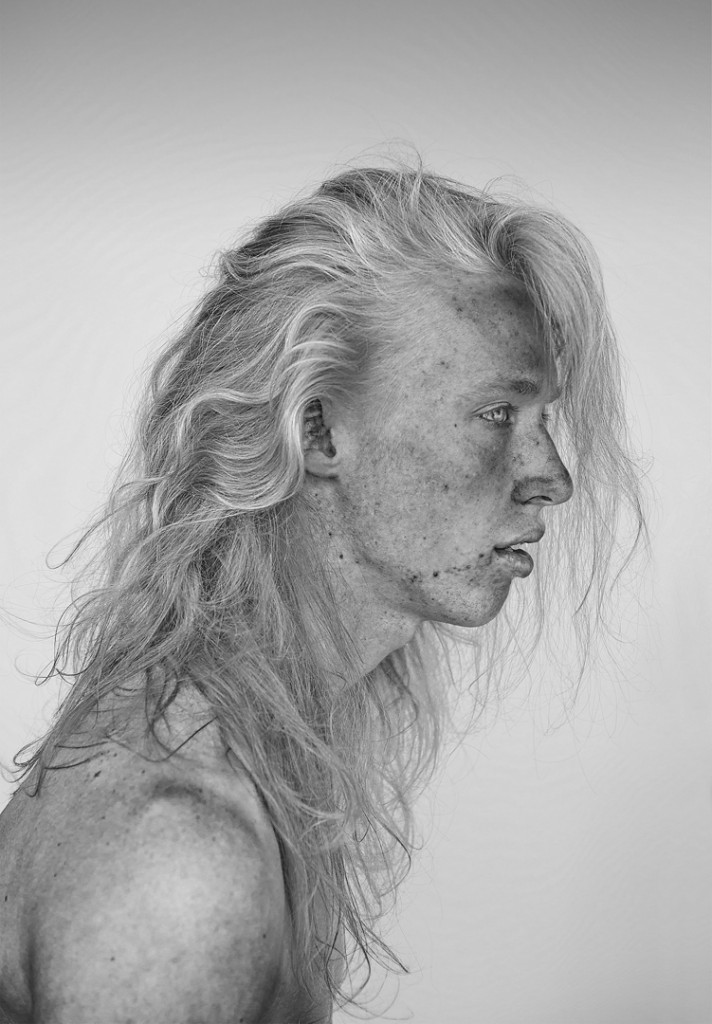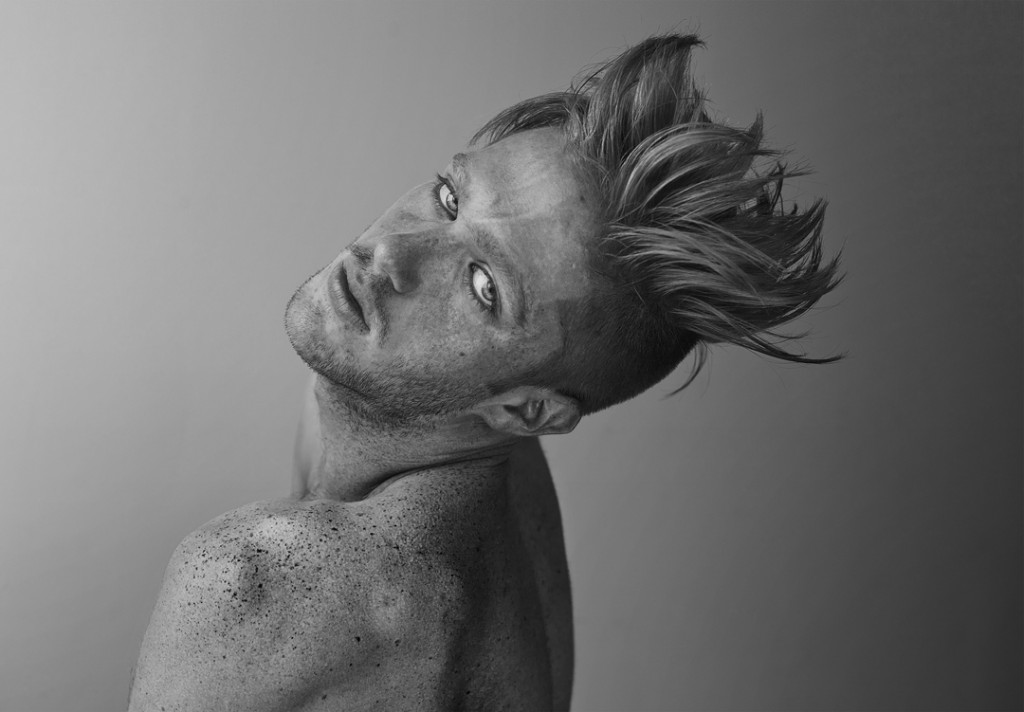Photo by Matthew Leifheit for CCNY
Nir Arieli
Born 1986 Tel Aviv, Israel
Nir Arieli’s photographs are beautiful. Picturing male dancers in glowing natural light Arieli steals the physical beauty of his subjects, elegantly transferring it into still images. A frenetic unrest scratches at the surface throughout his series, presenting signs of a struggle beneath the placid picture plane. Tension exists between perfection and imperfection. Tension exists in the very muscles of his sitters. Tension even extends to the viewer in the act of looking at men in this way. Movement is suggested or even depicted explicitly, but the final images are very still. Arieli’s photos preserve moments of balance and grace, leading to the polished contrapposto that gives his pictures gravity.
Arieli only photographs men. Choosing subjects primarily from The Julliard School’s dance program, Arieli slowly sculpts the photograph through communication. “We worked in front of a white wall and he told me certain things he wanted within the composition including muscular tension and contortion with a relaxed focus in the eyes,” says Austin Goodwin, an undergraduate dancer at Julliard and repeated subject of Arieli’s photographs. “He asked me to move extremely slowly through different positions with my upper body. Throughout this he would stop me and we would explore whatever was working best. Occasionally I would try something different to see if it was cohesive with his idea and from there the collaboration continued between me inserting movement suggestions and Nir giving direction as to focal specifics and body angles. It was a very organic process.”
Arieli’s video work is made the way a photographer should make video, the camera at a fixed point, the frame unwavering. The only thing moving in the picture is the subject himself, performing for the viewer. “Dancers are performers, the process of creating a still image gives them a similar satisfaction to the one they get when the lights come up on stage,” says Arieli to MATTE, “The camera functions as the audience. They are eager to actively contribute to the success of the work. I’m often working with them in a very abstract way of directing, and they are able to translate my words into physical states.”
Beginning his career as a military photographer for the Israeli magazine Bamachane, Arieli now focuses with reticence on beauty. “Beauty is an essential part of every body of work I make. I’m in love with it but I also know I can’t be married to it in the most traditional sense,” says Arieli. His new series entitled “Inframen” looks beneath the skin of his subjects. Exposing flaws in the sitter’s physicality through an infrared process, Arieli freezes these artists at what he considers to be a pivotal time in their lives. “I’d like the viewer to disconnect from the glorious immortal dancer’s image they know from the stage, and notice the fragility of these people, the contrast of their gentle souls against their strong bodies. The ridiculous situation in which the dancer’s whole existence is dependent on his body, and that youth is gone in such a young age. In that sense this project is a lullaby for this beautiful stage in a dancer’s life, when they’re at their best physical shape,” says Arieli. “From now on the body will betray them slowly.” -MATTE Magazine for CCNY

